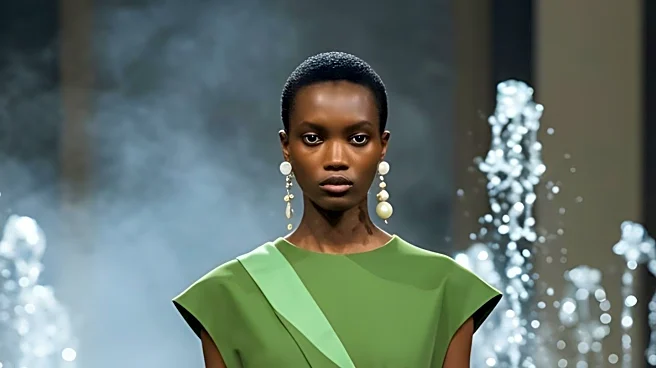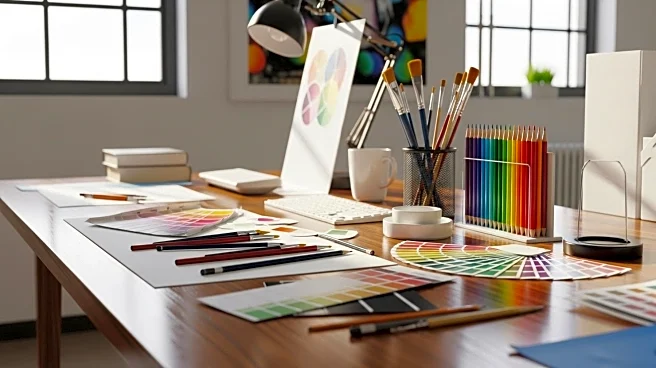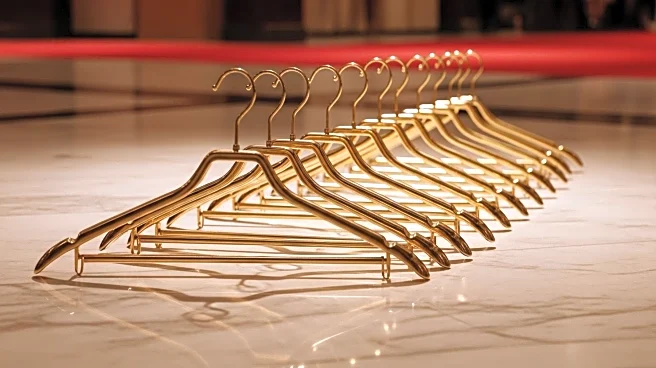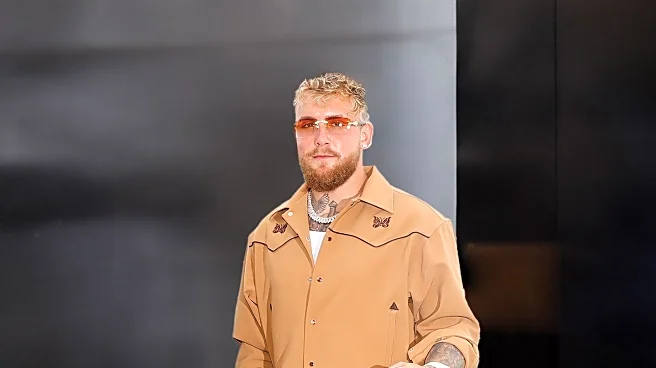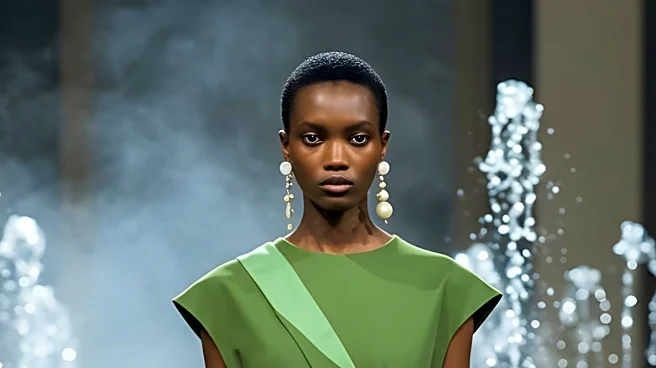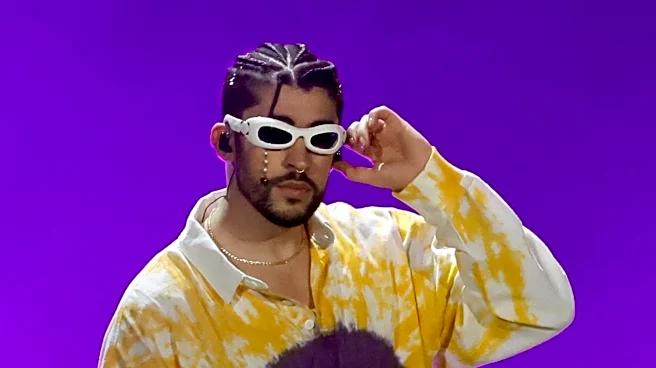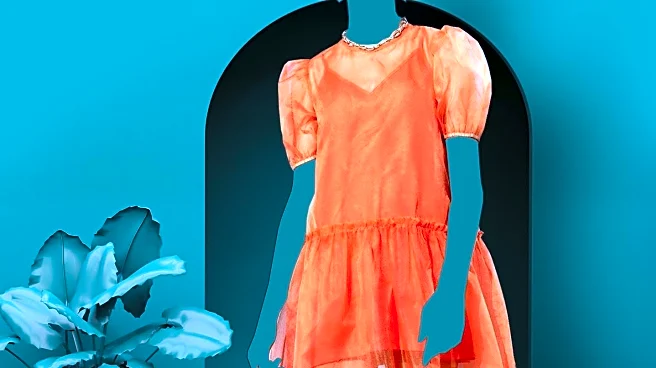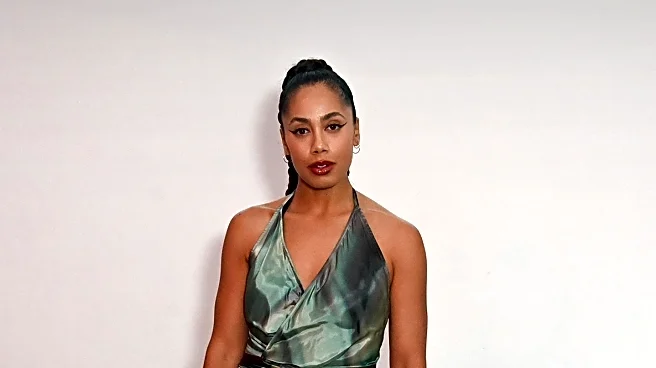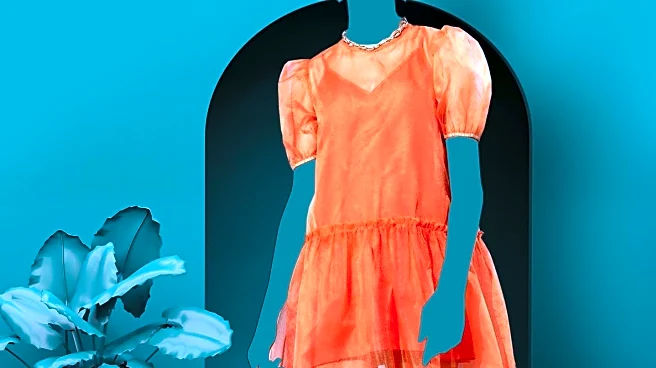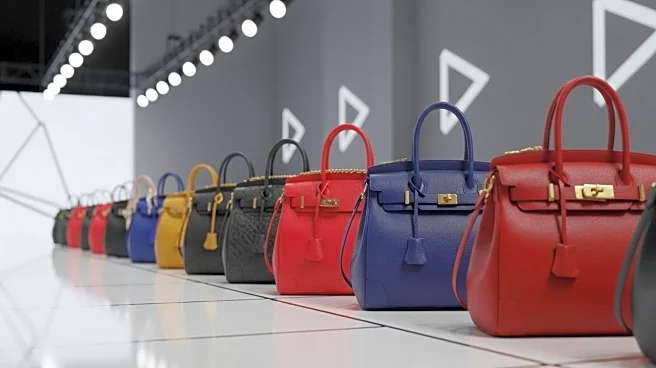What is the story about?
What's Happening?
The fashion industry is experiencing a significant shift as it prepares for the Spring 2026 ready-to-wear shows, which will feature 15 debut collections from new designers at established brands. This development follows a period of frequent designer appointments throughout 2025, with notable exceptions in April and August. Established designers like Pierpaolo Piccioli and Demna are involved in this reshuffle, alongside newcomers stepping into the spotlight for the first time. Jonathan Anderson will take on the role of creative director at Christian Dior, overseeing at least 10 collections annually across menswear, womenswear, and couture. Lazaro Hernandez and Jack McCollough have moved from New York to Paris, joining Loewe after leaving Proenza Schouler. Matthieu Blazy is set to debut at Chanel on the final day of the shows. The industry shakeup is providing opportunities for new talent, including Nicholas Aburn at Area and Miguel Castro Freitas at Mugler, as well as seasoned designers like Dario Vitale at Versace and Mark Thomas at Carven.
Why It's Important?
This wave of new designer debuts marks a pivotal moment for the fashion industry, potentially redefining creative directions and brand identities. Established brands are taking risks by introducing fresh talent, which could lead to innovative designs and attract new consumer demographics. The involvement of high-profile designers in new roles, such as Jonathan Anderson at Christian Dior, suggests a strategic move to consolidate creative vision and enhance brand coherence. The transition of designers like Lazaro Hernandez and Jack McCollough to Paris indicates a shift in the fashion epicenter, potentially influencing global fashion trends. The emergence of new designers provides a platform for diverse voices and perspectives, fostering creativity and competition within the industry.
What's Next?
As the Spring 2026 shows approach, the fashion industry will closely monitor the reception of these debut collections. Success could lead to long-term collaborations and solidify the reputations of these new designers. Established brands may continue to seek fresh talent to maintain relevance and drive innovation. The industry will also watch how these changes impact consumer preferences and market dynamics. Fashion critics and enthusiasts will likely provide feedback that could influence future collections and brand strategies. The outcome of these shows may set new standards for creativity and design, shaping the future of fashion.
Beyond the Headlines
The introduction of new designers at established brands raises questions about the balance between tradition and innovation. Brands must navigate the challenge of maintaining their heritage while embracing new creative directions. This shift may also impact the cultural landscape of fashion, as diverse voices bring unique perspectives to the forefront. The industry must consider ethical implications, such as the sustainability of rapid changes and the pressure on designers to deliver groundbreaking work. Long-term, this could lead to a reevaluation of industry practices and priorities, fostering a more inclusive and dynamic fashion environment.
AI Generated Content
Do you find this article useful?
